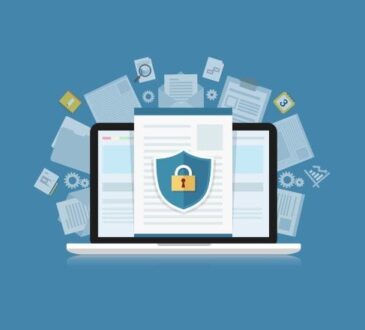
If your IT mix contains public cloud services, there is an excellent way to assess security requirements and build a sturdy security strategy and it’s NIST Cybersecurity Framework (CFS). The NIST CFS recognizes five basic cybersecurity functions, viz. “Identify”, “Safeguard”, “Detect”, “React” and “Recover”, to arrange suggested security controls into actionable workflows. Let’s look at these five basic functions.
- Identify
Identifying your particular cloud execution is essential before you can apply an effective NIST cybersecurity framework strategy. It’s not as easy as you may think because the cloud is quite difficult to capture than a captive data center (where you can physically count servers and maturity of institutional controls is higher).
Clouds are totally virtual. They keep changing extremely fast and it can be very hard to see and visualize relationships between cloud entities. If the core elements of your cloud are not visible to you, it’s hard for you to identify the needs for their security. Thus, you need a platform that will explain your cloud and you can then visualize what exactly is happening. Here you can take help of a platform like CyberBit.
- Safeguard
Selecting security tools to safeguard your infrastructure is a familiar job. However, the cloud is not the same: latest data breaches accredited to S3 configuration faults reveal how fast things can go wrong. You can quickly and easily share some data with a third party with bucket permissions change, but it can immediately create a high vulnerability as well.
The solution is continuous automation. It’s beyond human reach to watch over the security posture of numerous ephemeral cloud entities and so, it should be done by your platform.
- Detect
The last three CSF functions shift the focus to “reacting” from “planning and preparing”. The “detect” function of NIST includes controls for enhancing coverage, decreasing time to detect and evaluating event severity.
- React
Reacting to a cybersecurity event is somewhat like planning a battlefield counterattack. It’s confusing and if you have no knowledge of your opponent’s original attack, your chances for success are low. A platform is needed here which excels at correlating data from all over the cloud to explain the what, who and how of each incident. Thus you can have a detailed map to guide you on how to react.
- Recover
This final CSF function addresses two essentials: restoring systems (yours as well as any third party’s systems attacked) to normal and incorporating what you’ve understood in your security framework.
Using NIST’s CSF system for your cloud implementation is an excellent way to make your cloud cybersecurity efforts effective. So, use it and organize your teams and guide your security investments.




